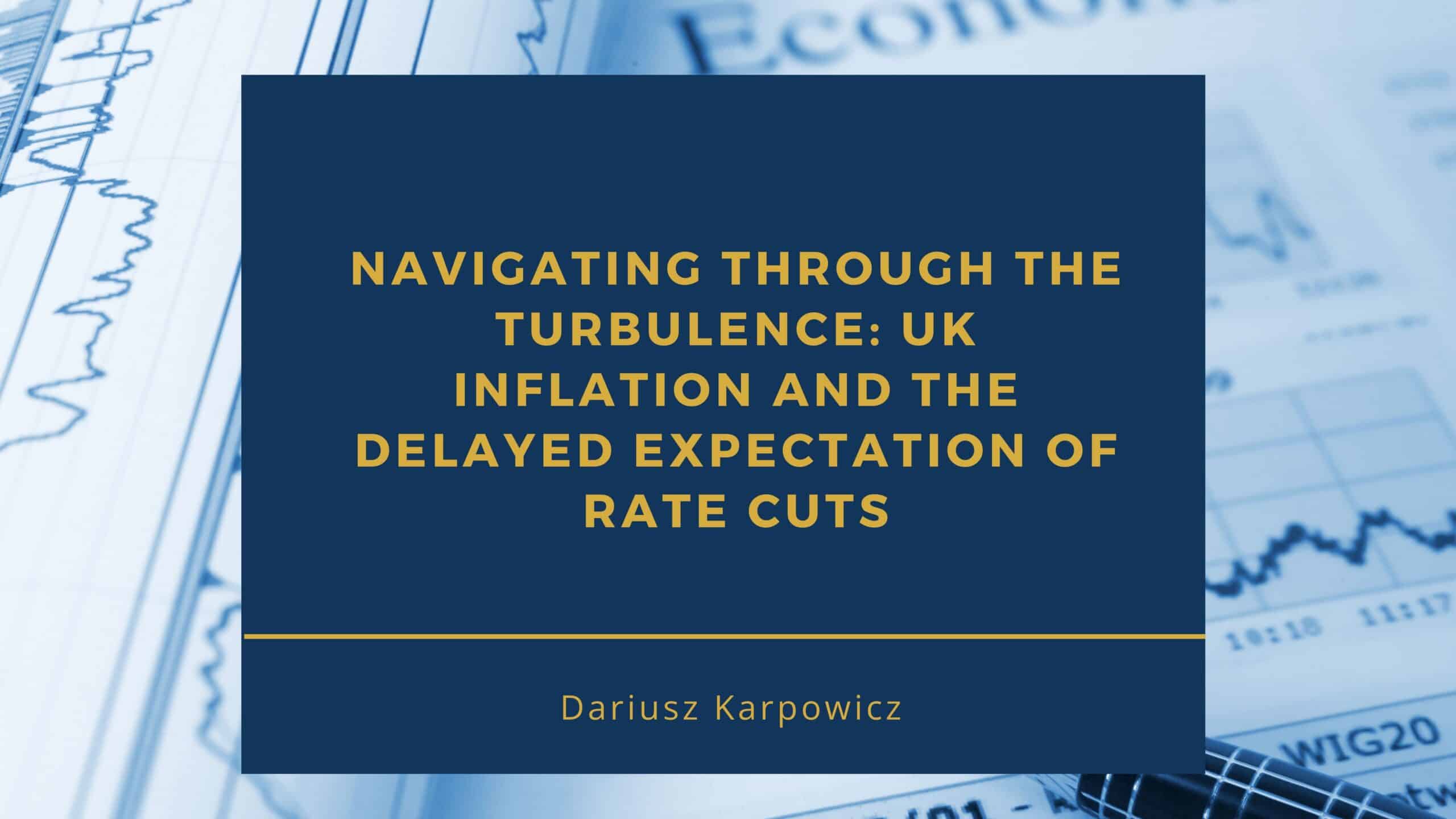As the UK grapples with its economic adjustments, recent inflation data suggests that the Bank of England (BoE) might have to delay its anticipated rate cuts, potentially pushing them back to later this year or even into the third quarter. The latest Consumer Price Index (CPI) figures indicate a persistence of higher-than-expected inflation rates, raising concerns over the timing of monetary policy easing.
Current Inflation Trends and Economic Response
The latest CPI figures for March have recorded a 3.2% inflation rate, a notch above the forecasted 3.1%. This subtle yet significant discrepancy underscores the continuous economic pressure and complicates the BoE’s pathway towards stabilising the economy. The resilience of inflation, coupled with robust wage growth, suggests that economic heat remains more intense than many had hoped.
This has led to a reevaluation of expectations regarding the first rate cut, initially hoped to be implemented as early as this summer. Now, financial experts and market analysts anticipate that such a move could be postponed until autumn or later.
The Impact of Global and Domestic Factors
The inflationary trend is not isolated to the UK; similar patterns are evident in the US, which could influence the BoE’s decisions, particularly in timing its actions in tandem with or independent of the US Federal Reserve. The interconnectedness of global economic policies and their impacts highlights the complexity facing the BoE’s decision-making process.
Domestically, despite the arrival of the energy price cap reduction in April, rising fuel prices and ongoing wage inflation have dampened the optimism for immediate relief. The financial markets have reacted by ticking up SWAP and lender rates, signalling a cautious approach moving forward.
Strategies and Expectations Moving Forward
The situation calls for strategic patience from the BoE, with a watchful eye on both domestic economic indicators and global market movements. Analysts argue that while inflation is moving in the right direction, albeit slowly, the journey toward the BoE’s 2% target remains fraught with challenges.
There are voices within the economic community urging the BoE to cut rates sooner rather than later, highlighting the stress high rates place on homeowners and the wider economy. Critics of delayed action suggest that lower rates are not just monetary adjustments but necessary relief for households struggling under the current economic strain.
Market Reactions and Homeowner Impact
The property market, along with borrowers, remains on edge as they navigate through these uncertain times. The potential delay in rate cuts means that many homeowners continue to face high mortgage payments, with little immediate relief in sight. The sentiment among borrowers is a mix of cautious optimism and frustration, as they anticipate the BoE’s next moves.
Conclusion
As we look ahead, the Bank of England’s actions will be closely monitored by both domestic and international observers. The balance between controlling inflation and stimulating economic growth through rate adjustments is delicate. While the immediate future may not bring the rate cuts many have hoped for, the broader economic indicators suggest a gradual return to stability. Homeowners and businesses alike must remain adaptable and patient as the BoE navigates through these complex economic waters. The hope is that, ultimately, strategic decisions will lead to sustained economic recovery and stability.
Author:

Founder and mortgage and protection adviser in Albion Financial Advice
Dariusz Karpowicz is a seasoned adviser in the financial services industry. After gaining valuable experience working with an established broker, he founded his own practice, Albion Financial Advice. This firm is dedicated to assisting clients in acquiring properties and advising on various mortgage options. Born and raised in Gdańsk, Poland, Dariusz moved to the United Kingdom in 2006.
Book a FREE initial consultation

